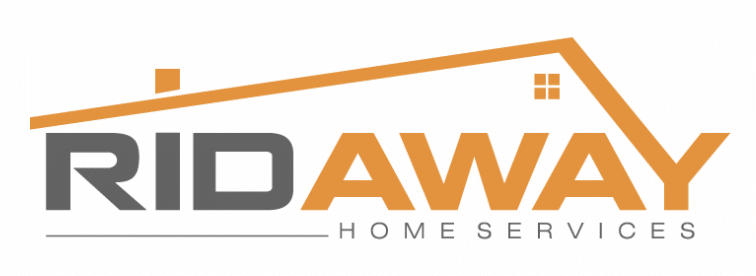Asbestos was a popular construction material because it was strong, fire-resistant, and a good insulator. It is now known to be hazardous to health. Prolonged exposure to asbestos fibers leads to severe respiratory diseases such as asbestosis, lung cancer, and mesothelioma. Knowing when to call for abatement by a professional if you suspect asbestos in your home is important.
Detecting Asbestos in Your Home
Asbestos can be present in a variety of materials found in older homes, which were usually built before the 1980s. Some common places are:
Insulation: surrounding pipes, boilers, and ducts.
Flooring: vinyl tiles, backing of vinyl sheet flooring, and adhesives.
Ceilings: popcorn ceilings and textured paint.
Roofing and Siding: shingles and other exterior materials.
Cement Products: pipes, panels, and corrugated sheets.
Visual identification of asbestos is not reliable. It is best to assume that any suspect material contains asbestos unless proven otherwise by a professional.
When is Asbestos Hazardous?
ACMs are safe if left alone and in good condition. When they are damaged, deteriorated, or disturbed through renovations or repairs, they are hazardous. This will suspend microscopic fibers into the air, which, if breathed in, is a serious health risk.
Signs That You Need Professional Abatement
Damaged Materials: Crumbling, cracking, or otherwise compromised materials may release asbestos fibers.
Planned Renovations: If you’re planning to remodel or demolish areas with potential ACMs, professional removal is necessary.
Uncertainty: If you’re unsure whether materials in your home contain asbestos, a professional inspection can provide clarity.
Why DIY Removal Is Not an Option
Trying to handle asbestos removal on your own is dangerous and also illegal in most states. Improper handling leads to asbestos being released into the air, and that puts you and your family at risk. Experts always follow strict safety measures by sealing off the area to be abated, specialized equipment, and proper asbestos waste disposal.
Professional Abatement Process
Inspection and Testing: Experts will obtain samples for laboratory testing to confirm the presence of asbestos.
Containment: The enclosure is closed in to prevent all the fibers from escaping during extraction.
Extraction: Special equipment and techniques exist for safely removing ACMs.
Decontamination and Disposal: Clean up the environment and dispose of asbestos-laden waste according to existing local rules.
Air Monitoring: After the abatement tests are carried out to establish that the area is indeed safe to occupy again.
Identifying the Correct Asbestos Removal Professional
Look for the following while hiring an asbestos abatement professional:
Certification: Ensure that they are certified and licensed in handling asbestos.
Experience: Read their reviews and ask them for referrals
Compliance: They are in compliance with federal and local regulations.
Let only trained professionals work around any potential ACM.

